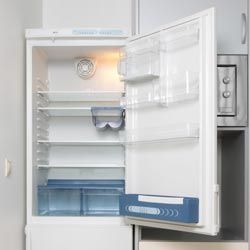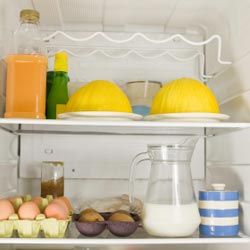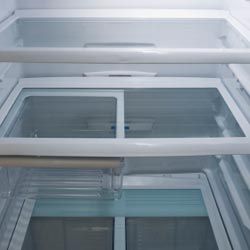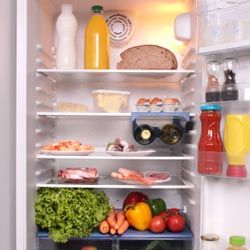Your refrigerator sees a lot of action every day, and not all of it's pretty -- leftover chili splatters; forgotten veggies turn slimy. Eventually, the icebox looks like an abstract painting in a modern art museum.
This art is interactive, too, but not in a fun way. Bacteria and odors from drips and stains can spread through compartments and into other foods. The results can be stomach turning, in more ways than one.
Advertisement
If this description sounds familiar, then read on. In these pages, you'll find strategies to help deal with such unwanted outbursts quickly and easily. Pick a day just before stocking up at the supermarket, when your fridge is at its emptiest. Pull the plug, and turn the temperature control setting to "off" as a safety precaution. Then, follow these steps to keep your fridge clean, your food safe and your appetite intact.
First up: arming yourself for the job.



